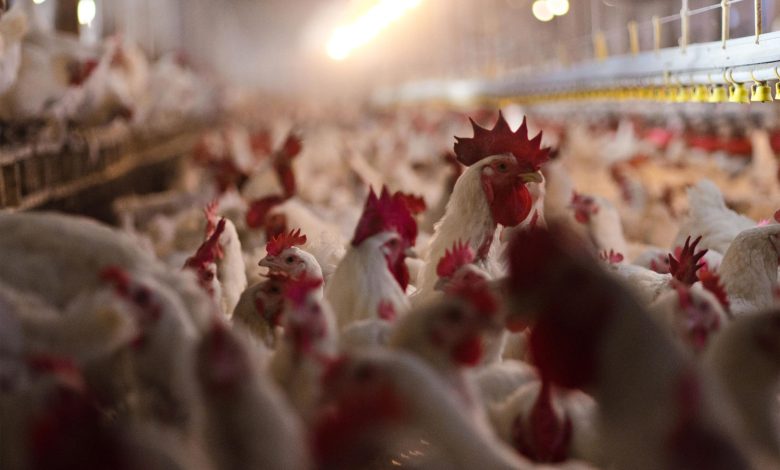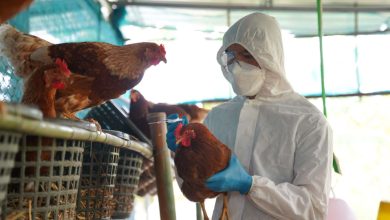Bird Flu Outbreak in Nagpur: A Deep Dive into the Crisis

Rapid Response Team: The recent outbreak of bird flu in Nagpur has sent shockwaves through the poultry industry, with more than 8,500 birds culled and stringent measures implemented to contain the spread. In this comprehensive article, we’ll explore the details of the situation, the actions taken by the authorities, and the potential implications for both the local community and the broader region.
Understanding the Gravity of the Situation
The Regional Hatchery Centre, managed by the state animal husbandry department in Seminary Hills, became the epicenter of the crisis when carcasses of recent mortalities tested positive for avian influenza, commonly known as bird flu. This prompted the Rapid Response Team (RRT) to take immediate action, scientifically destroying over 8,500 poultry birds, 16,700 eggs, and 400kg of bird feed.
Swift Response by the Rapid Response Team (RRT)
Led by dedicated professionals, the RRT acted swiftly to mitigate the potential spread of the disease. Sarfaraz Ahmed reports that the team’s prompt actions have helped contain the outbreak within the confines of the Regional Hatchery Centre. Thankfully, there are no reports of avian influenza among other farms in and around Nagpur at this time.
Assessing the Contagious Nature of Avian Influenza
Avian influenza is a zoonotic disease, meaning it can be transmitted from animals to humans. However, doctors assure the public that the chances of infected humans passing it to others are currently rare. This offers a measure of reassurance in the face of a disease that can have severe consequences for both poultry populations and human health.
District Collector’s Decree: Containment and Surveillance Zones
District collector Vipin Itankar, recognizing the urgency of the situation, declared a 1km area around the hatchery as a restricted zone. Additionally, a 10km area was designated as a surveillance zone for the next 21 days. These measures aim to prevent the potential spread of the virus and protect the surrounding communities.
The Unseen Threat: Balancing Perplexity and Burstiness
The situation in Nagpur serves as a stark reminder of the delicate balance between perplexity and burstiness in dealing with such crises. While the details of the outbreak may seem perplexing, the swift and decisive actions of the RRT demonstrate the burstiness needed to address unexpected challenges effectively.
The Human Touch in Crisis Management
In times of crisis, the human touch becomes crucial. The collective efforts of professionals, authorities, and the community contribute to managing the situation. This collaborative approach is essential for not only addressing the immediate concerns but also developing sustainable strategies for preventing future outbreaks.
Navigating Through Crisis with Unity and Resilience
The bird flu outbreak in Nagpur is a testament to the unpredictability of zoonotic diseases. However, it also highlights the resilience and unity displayed by the community in the face of adversity. By understanding the gravity of the situation, appreciating the swift response of the RRT, and recognizing the importance of collective action, we can navigate through this crisis with determination and emerge stronger on the other side.
Frequently Asked Questions (FAQs)
- Q: Can avian influenza be transmitted to humans?
- A: While avian influenza is a zoonotic disease, the chances of transmission to humans are currently rare, according to medical experts.
- Q: What measures are being taken to contain the outbreak in Nagpur?
- A: The Rapid Response Team has scientifically destroyed infected birds and implemented restricted and surveillance zones to prevent further spread.
- Q: How long will the surveillance zones be in place?
- A: The surveillance zones, declared by District Collector Vipin Itankar, will be in place for the next 21 days.
- Q: Are other farms in and around Nagpur affected by avian influenza?
- A: As of now, there are no reports of avian influenza among other farms in the vicinity.
- Q: What is the role of the Regional Hatchery Centre in the crisis?
- A: The centre became the epicenter of the outbreak, with the Rapid Response Team taking immediate action to contain and address the situation.









